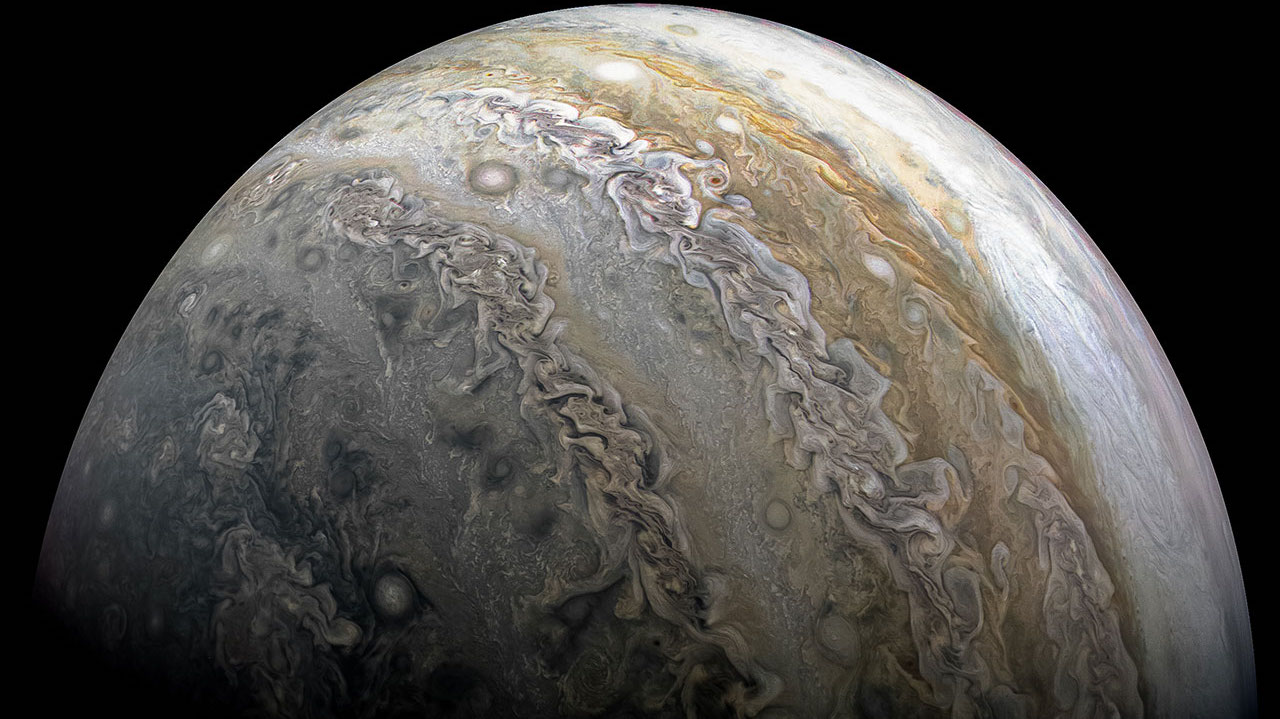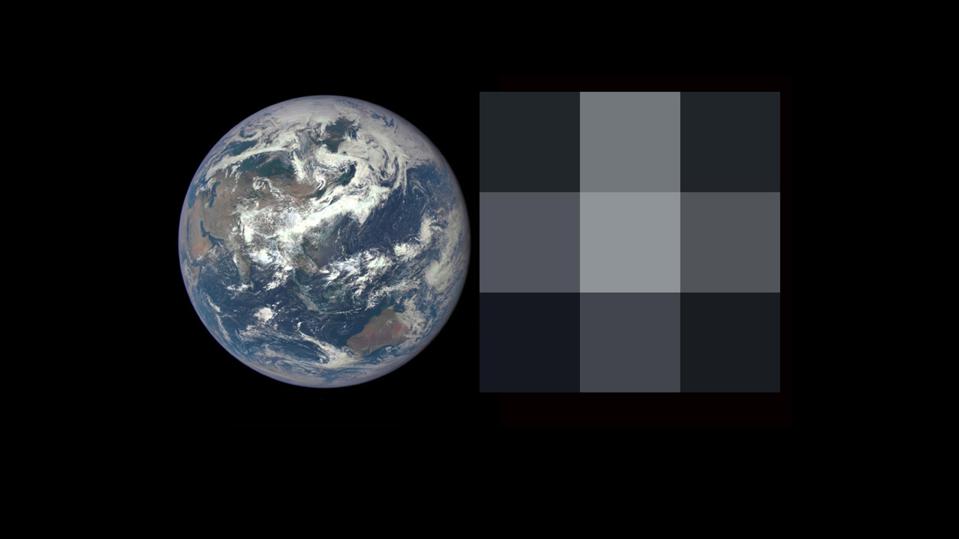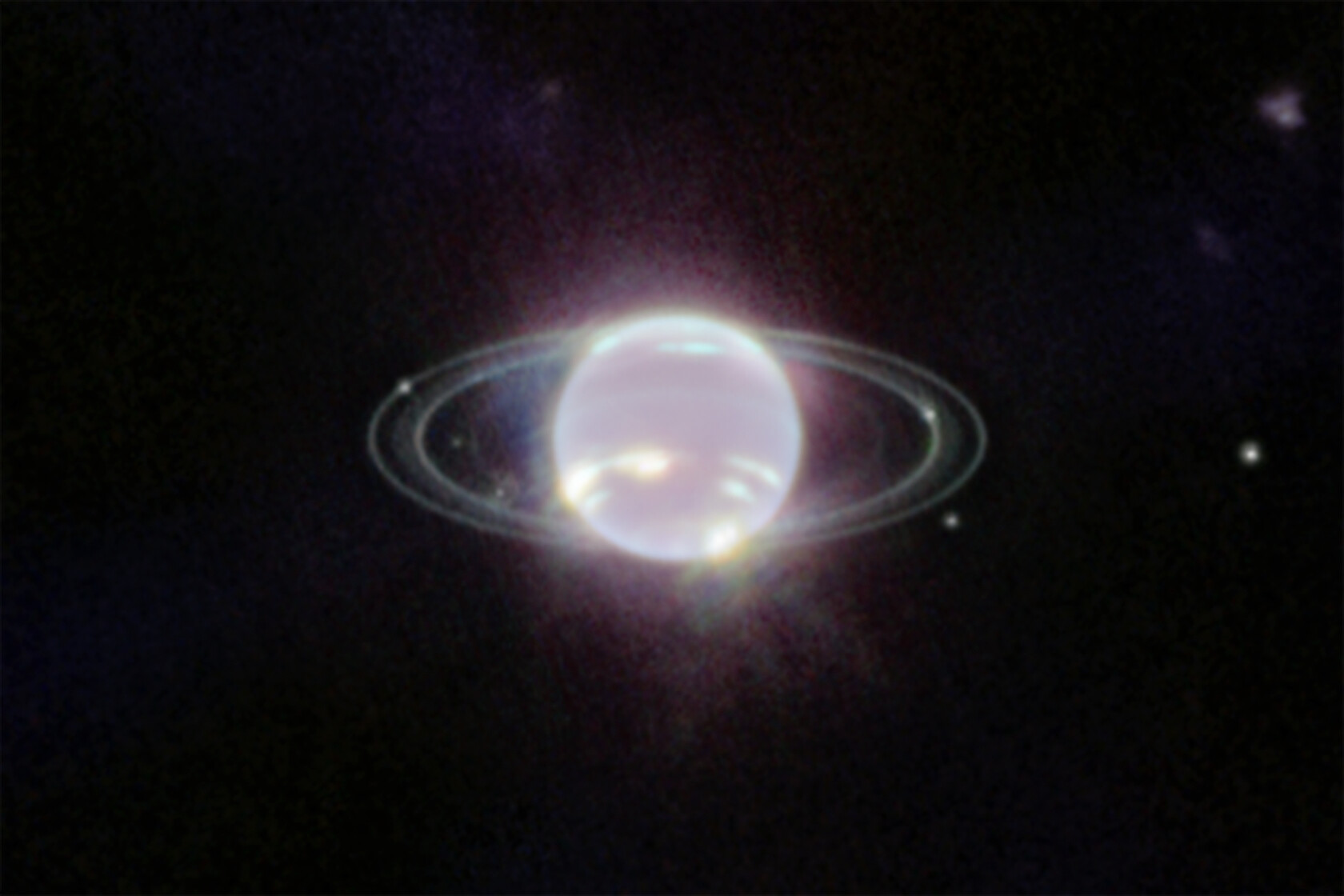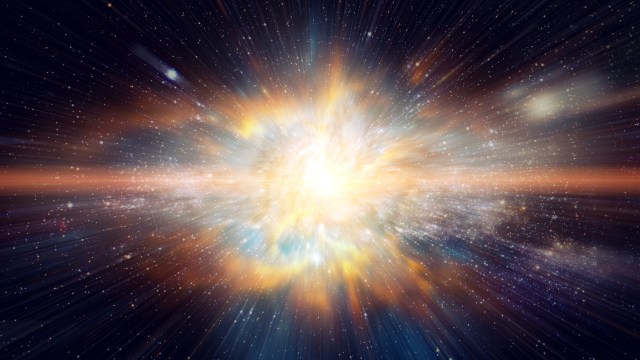New model explains Saturn’s hexagon shaped storm

Credit: NASA/JPL-Caltech/Space Science Institute – Public Domain
- A new model of Saturn’s atmosphere might finally explain how a bizarrely shaped storm developed there.
- The model produced a polygonal storm system similar, but not identical to, that observed on Saturn.
- The findings may shed light on the formation of the solar system.
The Solar System has some strange stuff in it. Uranus rotates on its side, Venus turns backward, Mercury is shrinking, Neptune radiates away far more heat than it gets from the sun, and Saturn has a hexagonal shaped storm at its north pole.
In their never ending attempt to understand the cosmos, scientists have dedicated a fair amount of time to these topics. Now, after years of speculation, a new article published in Proceedings of the National Academy of Sciences may finally explain the source of Saturn’s bizarrely shaped storm.
First noticed in the 1980s by the passing Voyager spacecraft and later observed by the Cassini–Huygens mission, the storm is an estimated 29,000 km (18,000 mi) wide with sides 2,000 km (1,200 mi) longer than the diameter of the Earth. It has been known to change color, from blue to gold, and rotates with the same period as Saturn’s natural radio emissions. No similarly shaped storm exists at the south pole, though a storm vortex has been seen there.
No similar storm is known to exist anywhere.
To determine how the storm takes on its unique shape, Harvard Professor and Jeremy Bloxham and research associate Rakesh K. Yadav created a model of Saturn’s atmosphere that simulates the planet’s outer layer. Running the simulation for a month, they found that the movement of heat could cause massive polar storms and a robust eastward jet stream. When these phenomena combine, they form the peculiar shape in an attempt to share the same space.
The study’s lead author Rakesh K. Yadav explained what is happening to Phys.org:
“This jet is going around and around the planet, and it has to coexist with these localized [smaller] storms. Imagine we have a rubber band and we place a bunch of smaller rubber bands around it and then we just squeeze the entire thing from the outside. That central ring is going to be compressed by some inches and form some weird shape with a certain number of edges. That’s basically the physics of what’s happening. We have these smaller storms and they’re basically pinching the larger storms at the polar region and since they have to coexist, they have to somehow find a space to basically house each system. By doing that, they end up making this polygonal shape.”
Their model also suggested that the storms are forming very deep in Saturn’s atmosphere, a potential reason why it has endured as long as it has without a significant change in shape or intensity. Debate continues on how far down the storm goes. While this study does lend weight towards the stance that it extends very far, perhaps thousands of kilometers, into the Saturnian atmosphere, the model was limited to simulating surface and near-surface activity.
Further refinement of the model will be needed to settle this debate.
It must also be pointed out that what the model created wasn’t a hexagon but a nine-sided polygon (a nonagon) that rotated at a different rate than the storm on Saturn. Despite this, the scientists argue that this is a proof of concept which supports the central thesis on how such a strangely shaped storm can come into existence and endure for longer than four decades.
Saturn’s hexagon mega-stormwww.youtube.com
Figuring this out can also help shed light on Saturn’s formation as, by extension, the formation of the solar system. As Yadav explains:
“From a scientific point of view, the atmosphere is really important in determining how quickly a planet cools. All these things you see on the surface, they’re basically manifestations of the planet cooling down and the planet cooling down tells us a lot about what’s happening inside of the planet. The scientific motivation is basically understanding how Saturn came to be and how it evolves over time.”
Understanding how the solar system came into being can help us not only understand how other star systems might work but also help us determine how our solar system, including Earth, will change in the future. So even if you don’t have to worry about a hexagonal storm anytime soon, you may someday benefit from the attempt to understand how such a thing could ever exist.





